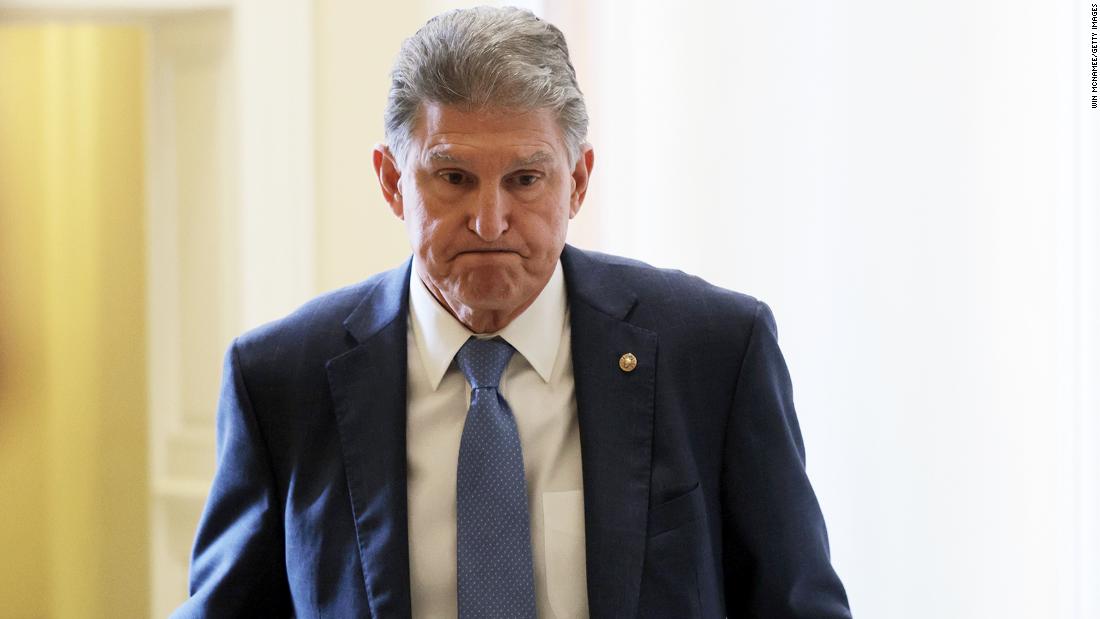The cornerstone climate policy in Democrats’ sweeping spending plan may be cut from the final deal after facing pushback from Sen. Manchin, sources say
“He is not there on the CEPP period. We’ve been trying,” one Democratic aide with knowledge of the negotiations told CNN. The aide told CNN that Democrats are trying to find ways to restructure the program to fit Manchin’s concerns while still reducing greenhouse gas emissions.
“Whatever comes through will not be called the CEPP, but we’re strongly hoping and thinking there will be ways to meet what he wants,” the aide said, adding, “If there’s a deal to be struck in the next few days, I don’t think there’s anything resembling CEPP in there.”
Democrats had designed the program to give utilities federal grants to increase their share of electricity from clean sources and penalize those who fail to up their clean electricity.
There have been discussions about lowering the program’s emissions standard to further allow for coal- and natural gas-fired power plants with carbon capture technology, another Democratic aide told CNN, but there’s doubt that would be enough to get Manchin to support the program.
Even though Manchin is a longtime proponent of carbon capture, he recently cast doubt on its potential. “I’d love to have carbon capture, but we don’t have the technology because we really haven’t gotten to that point. And it’s so darn expensive that it makes it almost impossible,” Manchin told reporters in September.
Manchin spokesman Sam Runyon told CNN in a statement Friday that the senator “has clearly expressed his concerns about using tax payer dollars to pay private companies to do things they’re already doing. He continues to support efforts to combat climate change while protecting American energy independence and ensuring our energy reliability.”
The clean energy program along with clean energy tax credits would have accounted for the vast majority of Biden’s target for the US to cut its greenhouse gas emissions by 50-52% relative to 2005 levels by 2030. An analysis from Senate Majority Leader Chuck Schumer found close to 42% of Biden’s decarbonization target could be achieved from the two programs combined.
The clean-energy tax credits in the bill are on more solid ground and will most likely end up in the final bill, an aide told CNN, and they could represent the majority of President Joe Biden’s climate package, along with electric vehicle tax credits.
The clean electricity program defines eligible clean electricity as not creating more than 0.10 metric ton of carbon dioxide per megawatt-hour. Electricity generation from coal, on the other hand, releases around 1 metric ton of carbon dioxide per megawatt-hour, according to the Environmental Protection Agency.
Under the provision, clean sources of energy could include nuclear, hydroelectric, solar and wind, or sources that capture the emissions from fossil fuels before they escape into the atmosphere.
Manchin has been critical of the clean energy program since its drafting, saying it would pay utilities to do something they’re already doing — transition away from fossil fuels.
“We are in the middle of an energy crisis,” Manchin told his colleagues, according to a source familiar with the matter.
This story has been updated with additional details Friday.
CNN’s Manu Raju contributed to this report.
![]()


